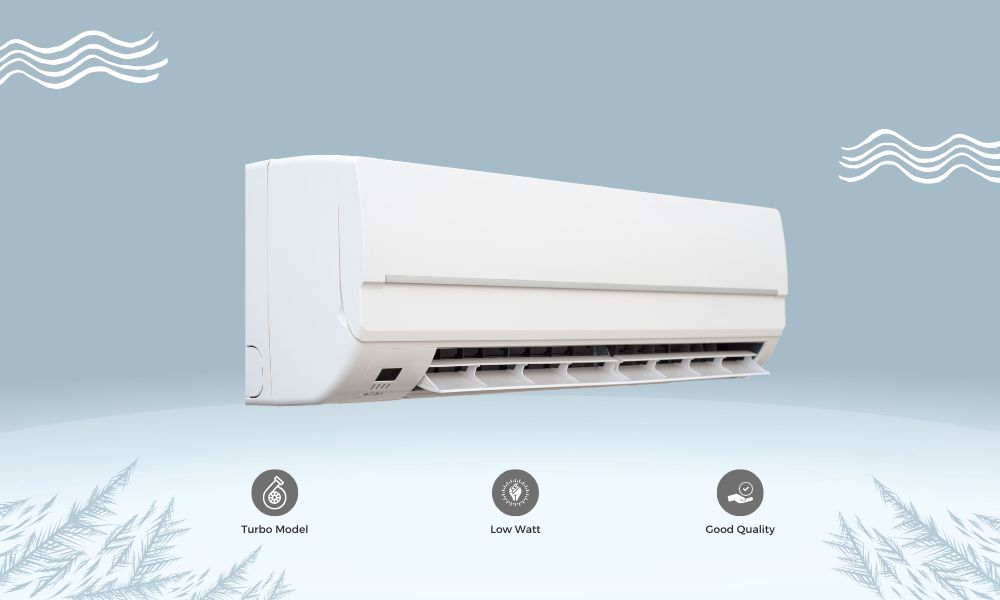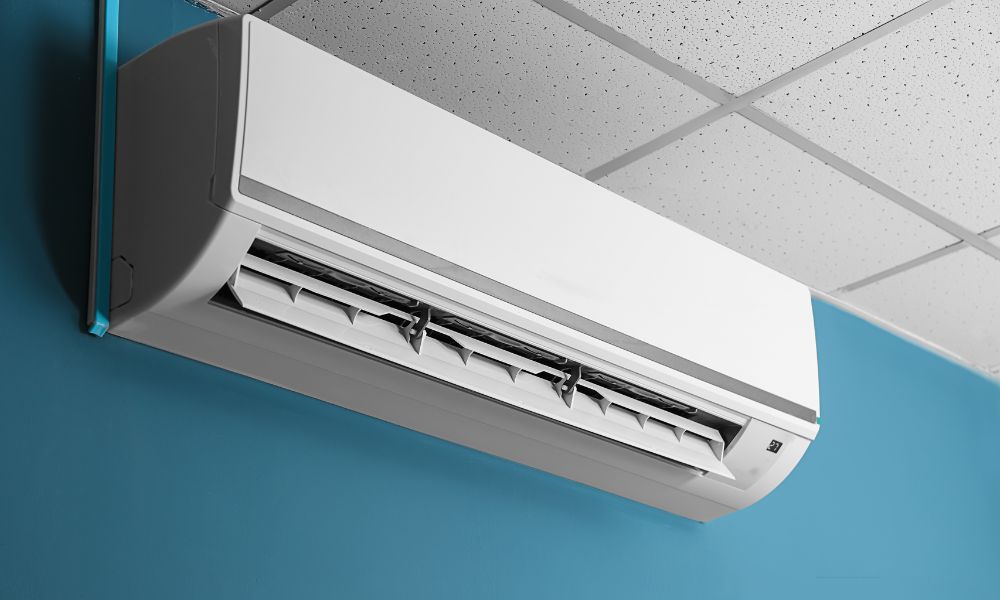Laptop Battery Draining Problem: Top Reasons & Solutions Leave a comment
Laptops, like any other portable computing device, have a built-in battery that will degrade over time, resulting in shorter battery life. That being said, there is a chance you are experiencing a reduced battery backup on your laptop before the power supply is supposed to degrade. There are numerous causes for a laptop battery to drain too quickly, and if you are experiencing this problem, we have you covered.
Check the screen brightness:
Most of the time, you don’t need to turn your brightness all the way up. Because most of us work from home and not in a well-lit office, lowering the brightness of the laptop’s display will not affect your ability to view the contents on the screen. Most laptops may have two function keys that allow you to easily increase or decrease brightness. If your laptop lacks these buttons, simply navigate to Settings > System > Display.
Reduce the number of network connections:
If you have a lot of networks or peripheral devices connected to your system, it can also drain your laptop’s battery. You can check the currently active connections by going to your system’s Settings > Network Connections. In some Windows versions, it can also be found under Control Panel > Network and Internet > Network Connections.
Turn off the keyboard’s backlight:
Turning off the keyboard backlight is always recommended unless and until you really need it, especially if your laptop’s battery is draining too quickly. You should ideally use your keyboard backlight in a dimly lit room or while gaming. It’s pointless to keep the keyboard backlight on when the keyboard is already legible because it uses up your laptop battery. The keyboard backlight can be easily turned off by finding the relevant function button on the keyboard or in the settings menu.
Adjust the power settings:
Any recent changes to your system’s power settings may also be to blame for HP or Acer laptop battery issues. Ideally, it could happen with any brand of laptop and is easily fixed. Simply go to Settings > System > Power & Sleep and adjust the sleep and screen time settings when the system is turned on or hibernated. If you wish to run an optimized or balanced plan on the system, you can also navigate to “Additional Power Settings” from here. You may also build your power plan from this page.
End unnecessary background tasks/programs:
If your laptop is no longer lasting as long as it once did, it could be due to your battery aging and losing its ability to hold a charge. Another possibility is that a power-hungry app is consuming more than its fair share of battery resources. Before you replace your laptop’s battery, check the Windows Task Manager to see if one of your apps is causing your battery problems rather than the battery itself. Navigate to Settings > System > Battery, and select to determine which apps are consuming your battery life. You can see which apps used the most battery resources over the last week, 6 hours, or 24 hours in this section.
Disconnect all unnecessary peripherals:
Another crucial step is to unplug any unnecessary peripherals, such as an external keyboard, USB drive, Bluetooth speakers, and wireless mouse. If your laptop is connected to multiple devices at the same time, this may cause the battery to drain quickly.
To safely remove these connected devices, go to the Settings window, select Devices, then select the connected device and click Remove Device. You can also right-click the device in the system taskbar and choose Disconnect/Remove.
Replace your laptop battery:
If none of the above solutions work and the laptop has been in use for a long time, the laptop battery may need to be replaced. If your laptop is still under warranty, contact the manufacturer or a technician to see if a new battery can be installed.
Tips to conserve the battery life of your laptop battery
- Calibrate your battery: A laptop battery’s performance can be affected by its charge-discharge cycles. It’s a good idea to calibrate your battery by letting it drain completely and then recharging it to 100%.
- Use Battery Saver mode: Laptops come with a battery saver mode which can help to conserve battery life by reducing the amount of power used by various components.
- Unplug when fully charged: Once your laptop is fully charged, unplug it from the power source to reduce the amount of strain on the battery.
- Reduce screen brightness: Lowering the brightness of your laptop’s screen can help to conserve battery life.
- Close unnecessary programs: Running multiple programs at once can drain your battery quickly. Close any programs that you’re not using to conserve battery power.
- Keep your laptop cool: High temperatures can decrease the performance of your laptop’s battery. Use a cooling pad to keep your laptop cool, or avoid using it on a soft surface like a bed.
- Keep your software updated: Software updates can include battery-saving features and bug fixes that can improve battery life.
- Use power plans: Some laptops have different power plans that can help you to conserve battery life.
These tips may vary depending on your device and operating system. It’s best to consult the user manual for specific instructions on how to conserve battery life on your particular laptop.
Final note…
You will now have a better idea of why your laptop’s battery drains so quickly and what you can do about it. As you can see above, there isn’t much you can do in some cases – but you do have a variety of options and tweaks available to get the most time out of a single charge.
Consider a few things when buying a new laptop. When you Buy a Laptop Online in Kerala, make sure that the product manufacturers have enough servicing centers in Kerala. Also, ensure to approach a reputable retailer for your purchase. Kannankandy is a leading Online Home Appliance store in Kerala where you can get the best laptop of your choice as well as quality services. Connect with us to enjoy the best of our services.






